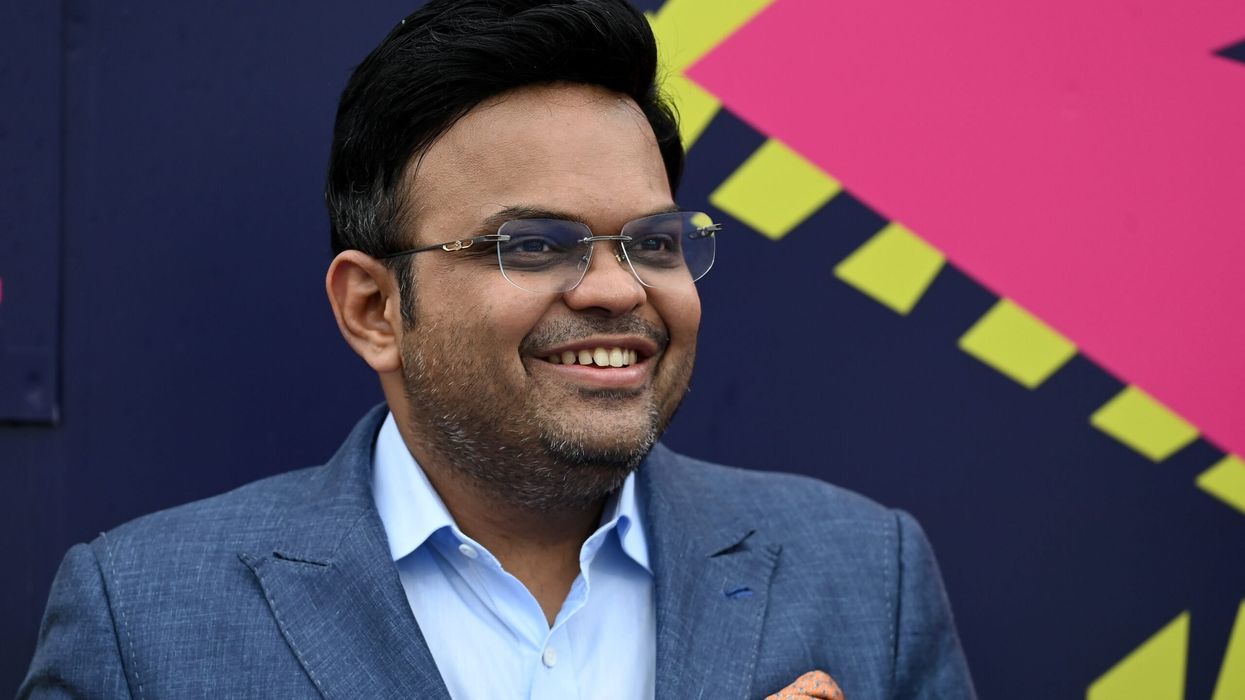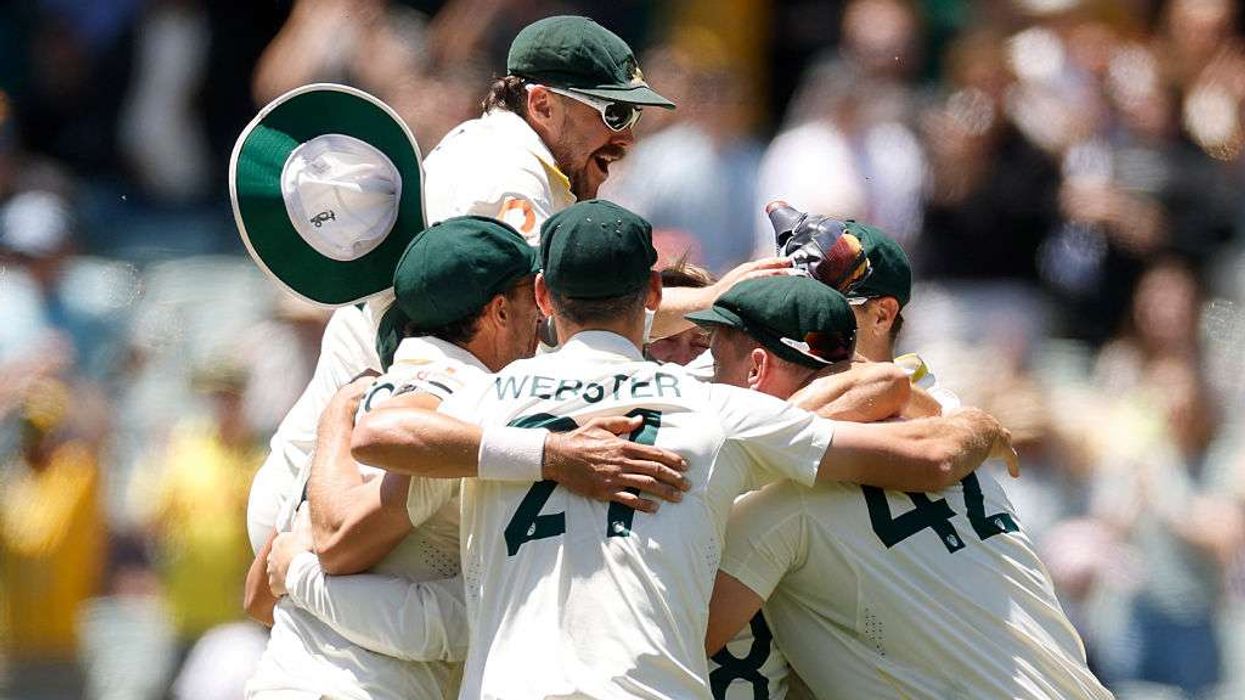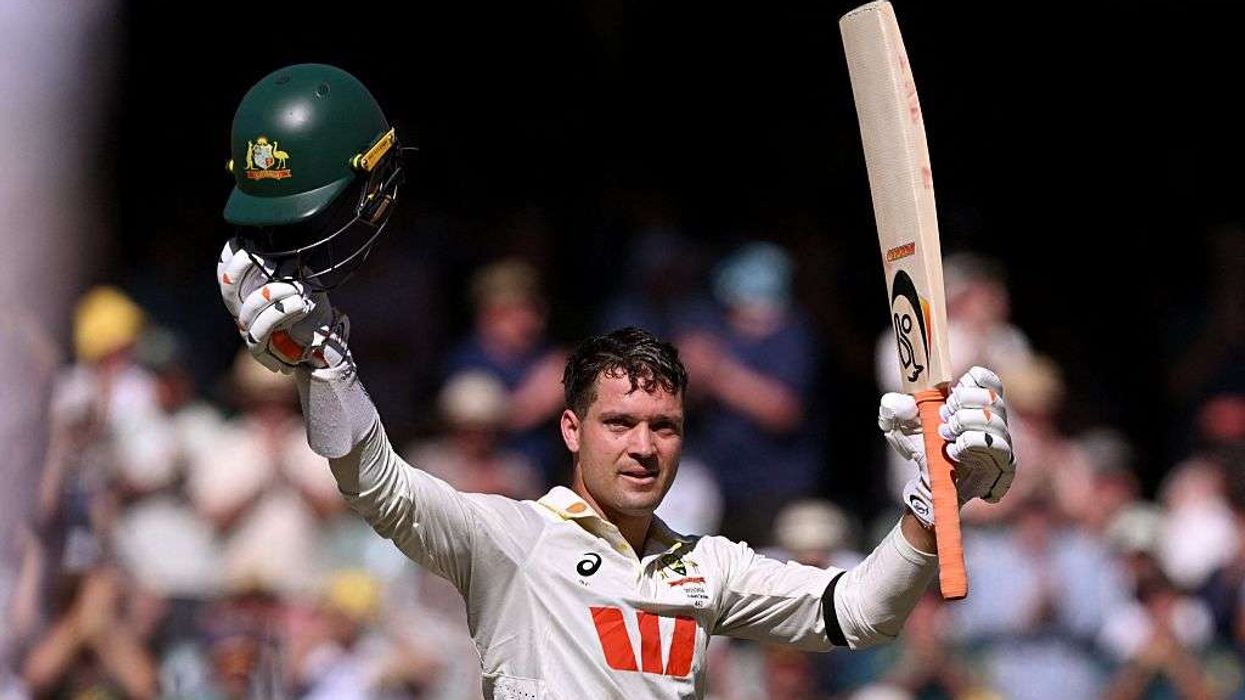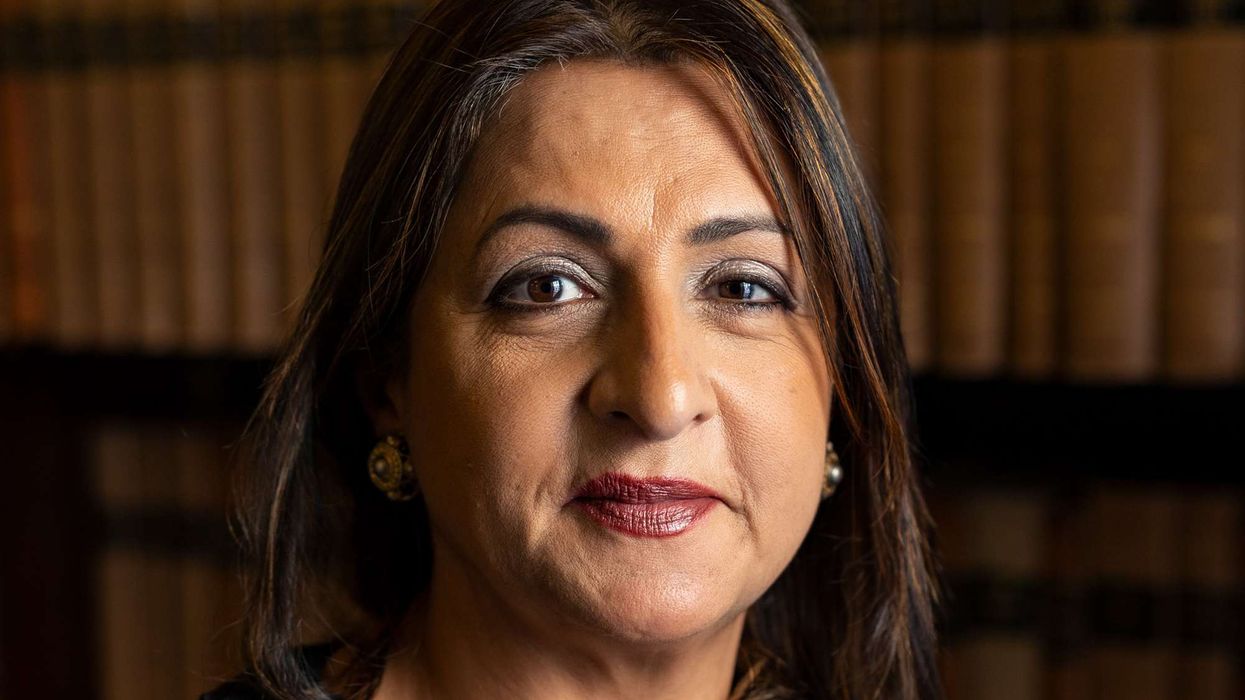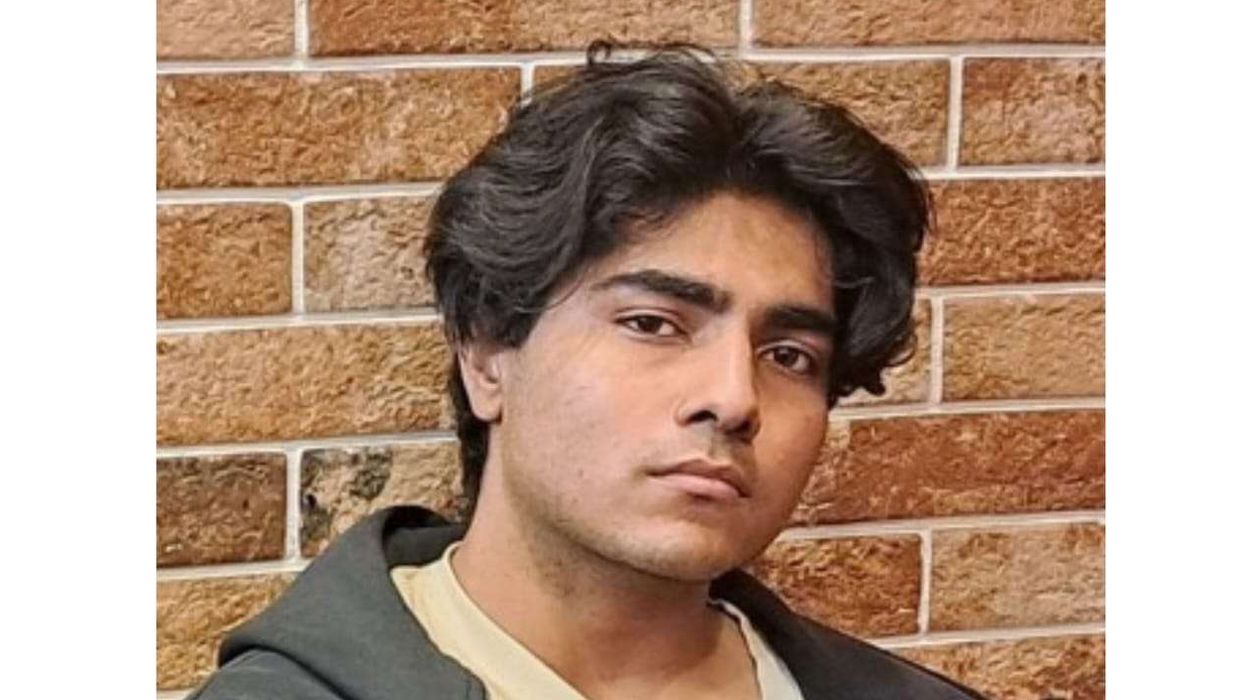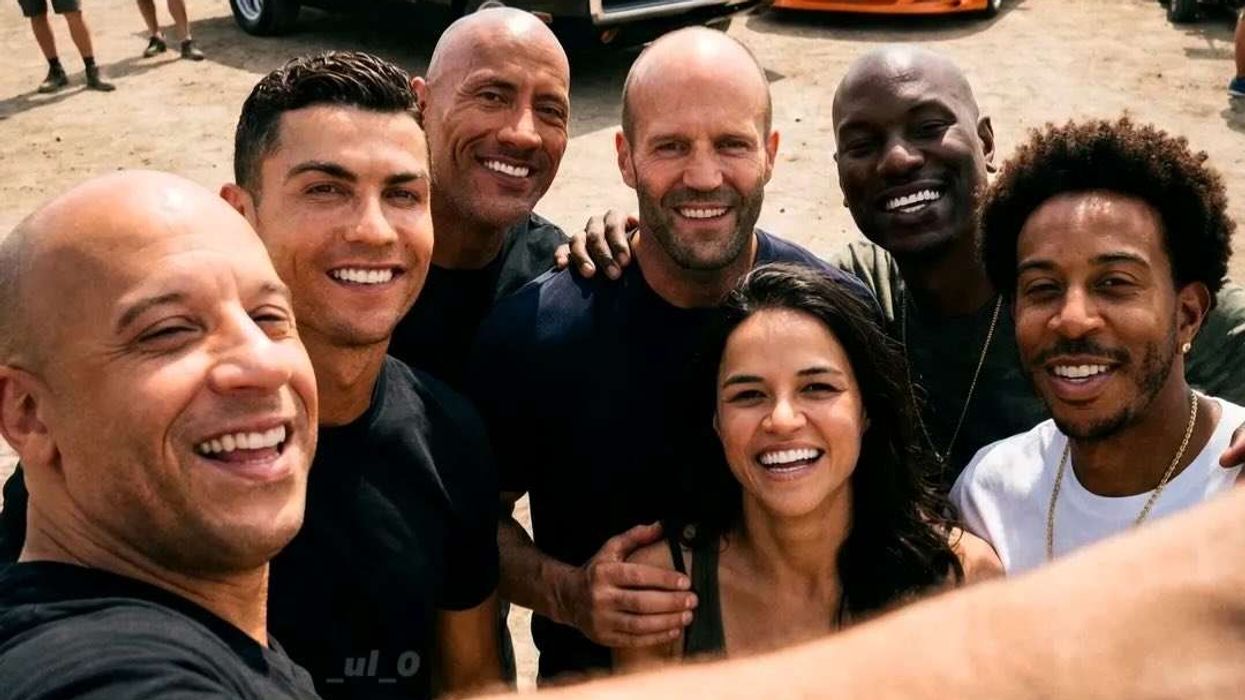INDIA's Jay Shah will take over as chairman of the International Cricket Council (ICC) later this year, the governing body announced on Tuesday.
Shah, who is 35 years old, will become the youngest person to hold the position when he begins his term on December 1.
Shah, the son of India's home minister Amit Shah, will replace New Zealander Greg Barclay, who chose not to seek a third term.
The ICC confirmed that Shah was the sole candidate for the role. Currently, Shah is recognised as a key figure in cricket administration, serving as the secretary of the world's wealthiest cricket board.
In addition to his ICC role, Shah also serves as the president of the Asian Cricket Council. He emphasised his commitment to expanding the sport, particularly as cricket is set to return to the Olympics in the 2028 Los Angeles Games after a 128-year absence.
"We stand at a critical juncture where it is increasingly important to balance the coexistence of multiple formats, promote the adoption of advanced technologies, and introduce our marquee events to new global markets," Shah stated.
"Our goal is to make cricket more inclusive and popular than ever before," he added. "The inclusion of our sport in the Olympics at LA 2028 represents a significant inflection point for the growth of cricket, and I am confident that it will drive the sport forward in unprecedented ways."
(With inputs from Reuters)
